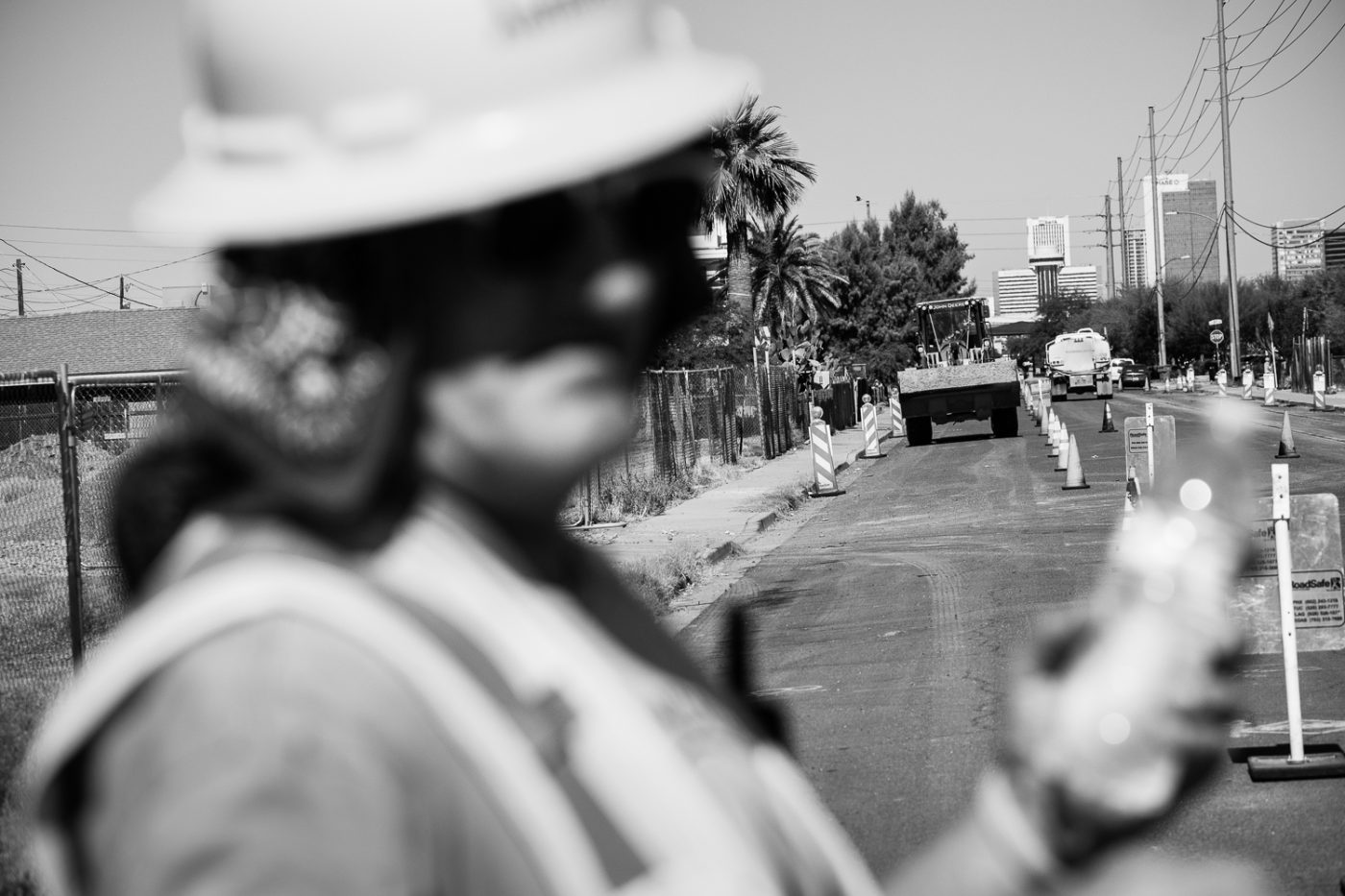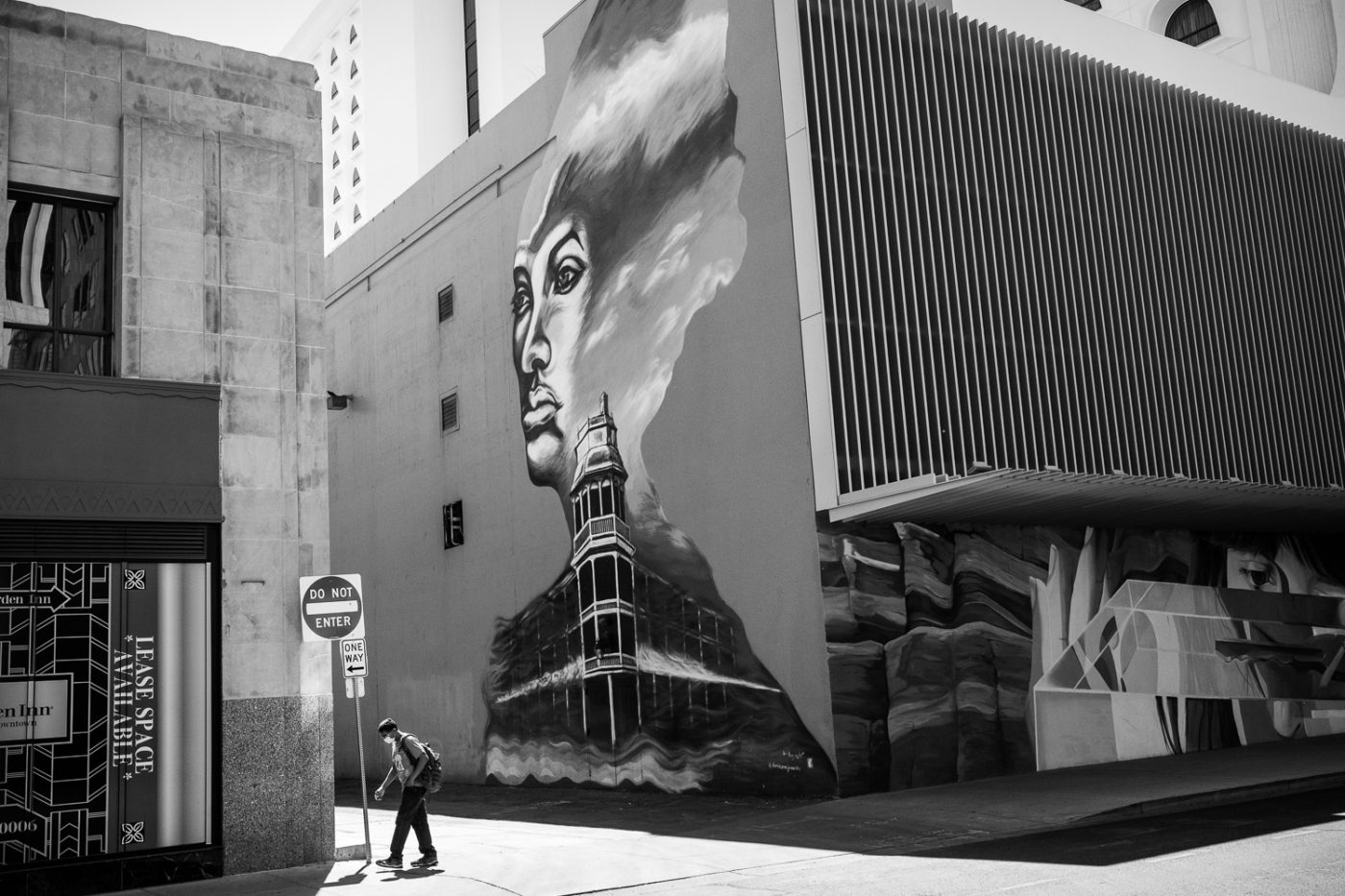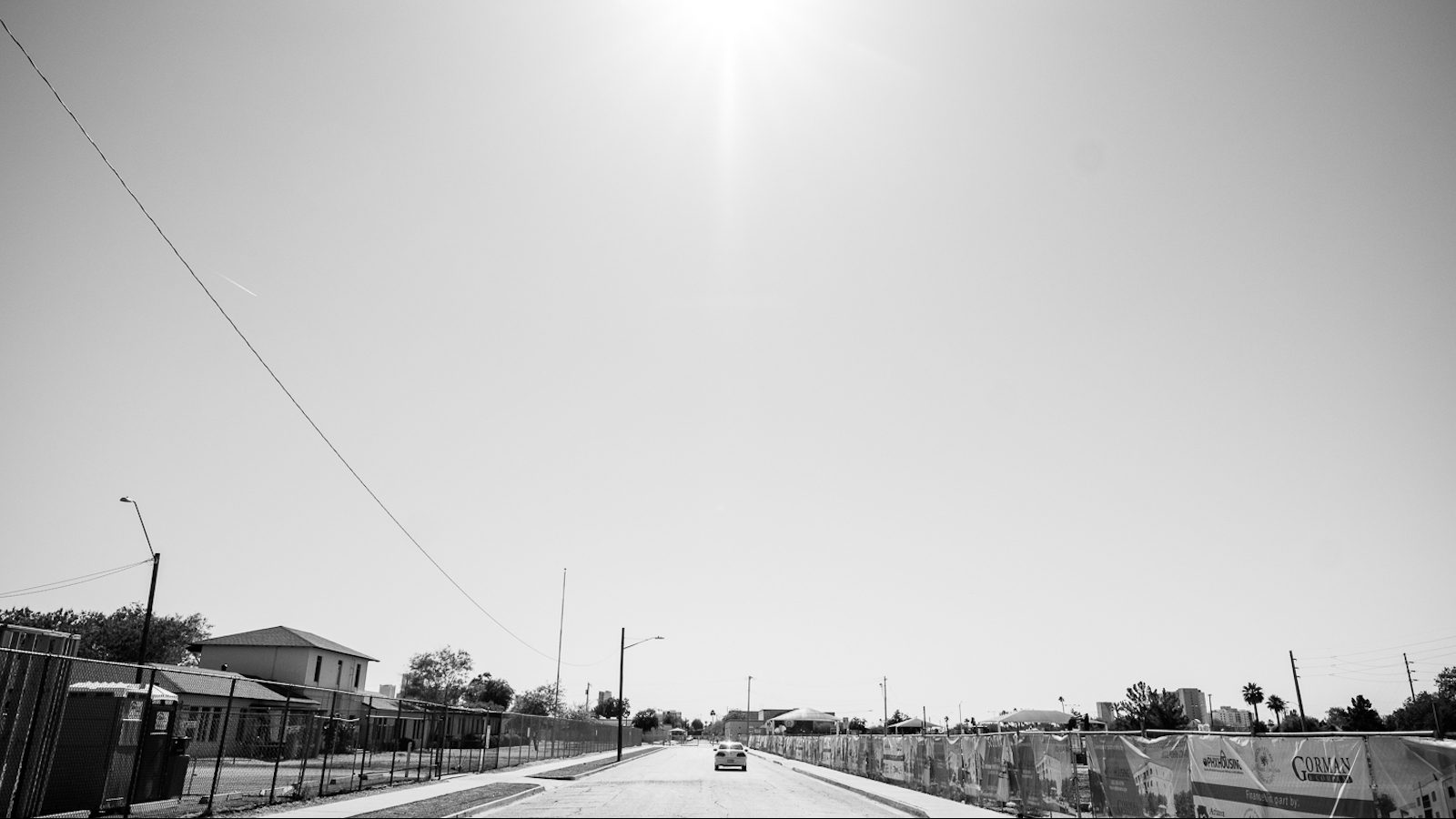This story was originally published by High Country News and is reproduced here as part of the Climate Desk collaboration.
This summer, Phoenix, Arizona, became the first city in the country to publicly fund an office dedicated to tackling the issue of extreme heat. It’s part of a growing awareness among government officials that heat’s dangers need to be dealt with more strategically as the world grows warmer. In Phoenix, the nation’s third-fastest-warming city, the number of heat-related deaths has continued to climb. Now, David Hondula, an associate professor and researcher at Arizona State University, will lead the city’s heat strategy as director of the newly formed Office of Heat Response and Mitigation.

Hondula is optimistic that the new office can reduce the number of heat-related deaths and help create a city that is cooler and more comfortable for its residents. High Country News recently spoke with Hondula to better understand just what his office will be doing, and how it plans to direct resources to neighborhoods disproportionately impacted by heat. This conversation has been edited for length and clarity.
Q. What did Phoenix do to address extreme heat before creating this office?
A. There has been a really, really wide and arguably impressive portfolio of activity happening inside City Hall. But what Phoenix and our region in general have come to realize is that the lack of accountability means that there’s no guarantee that all of those initiatives (tree planting, cool pavements, cooling centers and wellness checks, among others) are working together, are talking to one another and are not in conflict. Cities across the United States have been throwing a lot of strategies haphazardly at extreme heat, and even defining the problem itself is a challenge that we haven’t resolved. Those are concerns that have been articulated in this region now many years — enough to push Phoenix over the edge to say: “If this is a problem that we are really serious about tackling, it should be somebody’s job.”
Q. What will the new Office of Heat Response and Mitigation do?
A. Our charge is focused on long-term heat mitigation strategies, and those short-term emergency response measures that can help protect people when it is hot. When the office is fully staffed, we’ll have four people: a director, administrative support, an urban-tree program manager — something the community has been requesting for at least a decade — and a “built-environment specialist.” This is somebody whose job it will be to think about the infrastructure in the city, the building codes and our development processes to see how we can influence those to be more supportive of cooling the city, rather than making it hotter.
Our job is to work closely with other city departments that have the big budgets and have the big staffs that are ultimately influencing how the city functions. We want to inject heat mitigation and response into as many processes in the city as are relevant to the problem.

Q. What are your top priorities?
A. We know there are a lot of possibilities, but how to prioritize them as an office is the work that we need to do now. How much energy and money should we be putting into, say, the cool pavement program versus tree planting programs versus cool roof programs, all of which play a different role in cooling the city? I can say what we do know very clearly from community dialogue over the past decade is that there is a tremendous demand for more trees.
On the heat response side, heat-related deaths have been rising dramatically, and Phoenix holds the highest rate of heat-related deaths in the region. That is not a podium we want to be on the top of. What is the most effective way to bring those numbers down? As we look at the data from the Maricopa County Department of Public Health, it’s clear that the intersection of homelessness and substance abuse and access to air-conditioning in the summer is where we have some major gaps right now. About half of the heat-related deaths that occur in Phoenix have at least one of those characteristics associated with them. We were talking just the other day about how we get more volunteers on the street who are trained to administer NARCAN; I don’t think that’s something that shows up at the top of the list of our cooling strategies for the city, but it appears to be actually quite important to bring down an important indicator of heat-related deaths.
Q. As we now know, heat disproportionately impacts lower-income neighborhoods. What are some ways in which your office is looking to address that unequal heat burden?
A. It is our job to steer the city’s investments in mitigation and response to the communities where there is the greatest need. When we are coming up with proposals for spending American Rescue Plan Act dollars or other resources on a residential tree program, based on the guidelines and our awareness of where trees are absent in the city, those resources would be directed to a subset of neighborhoods where we see low tree canopy. Similarly, the streets department has its Cool Corridors Program, which plants trees along some of the city streets most used by pedestrians.
We have a tremendous pile of data and reports and surveys and ideas that give us a sense of where it makes the most sense to make larger investments. But I think we also need to have touch points with the community in various modes — talking to people in parks, through social media, and through the city council and subcommittee meetings — to keep receiving more guidance and confirmation so that when we do get it right, we can keep moving in that direction.



